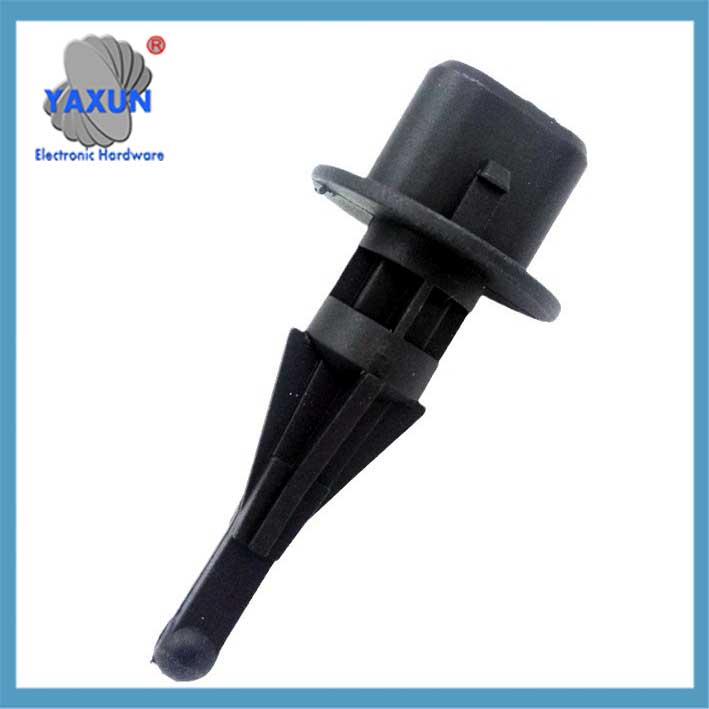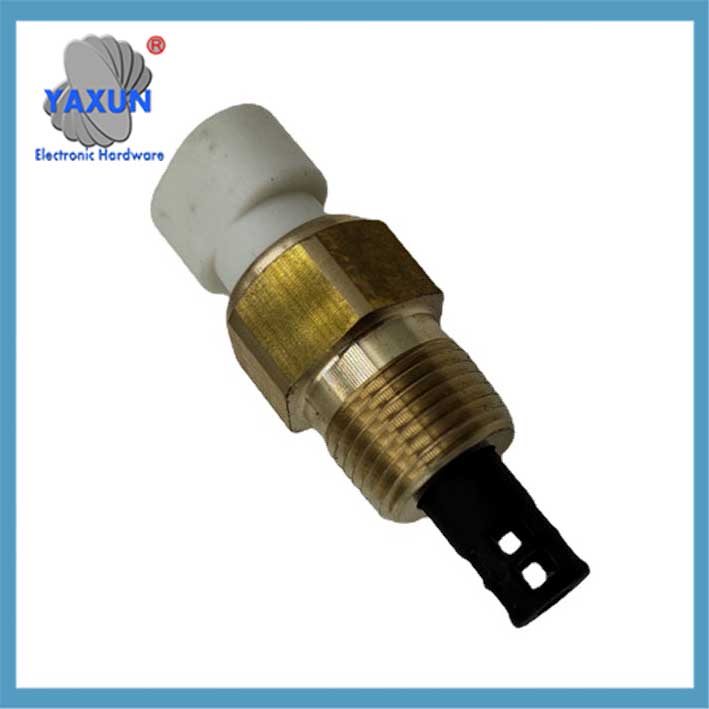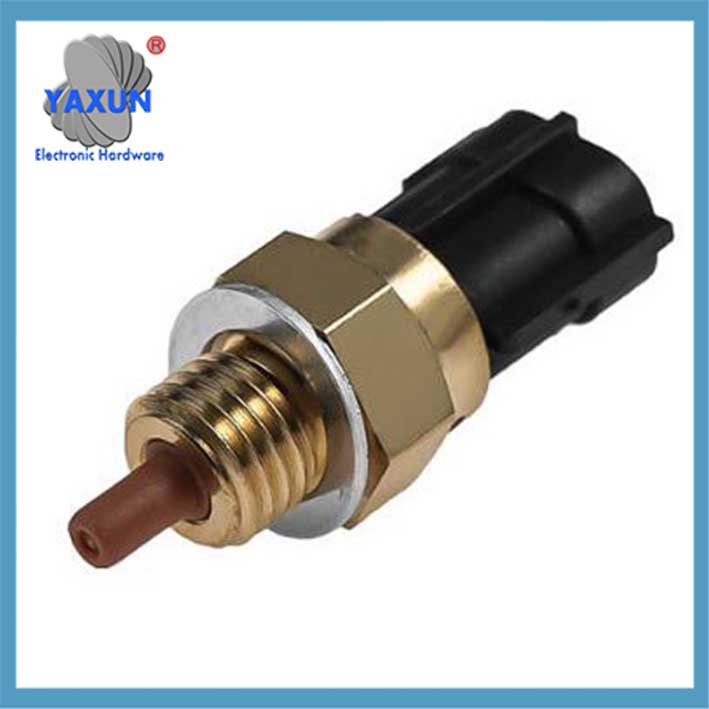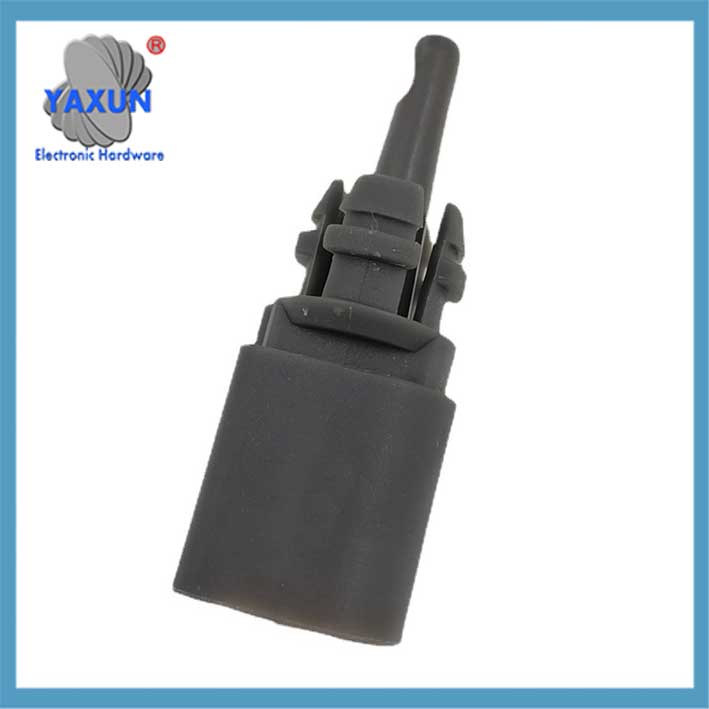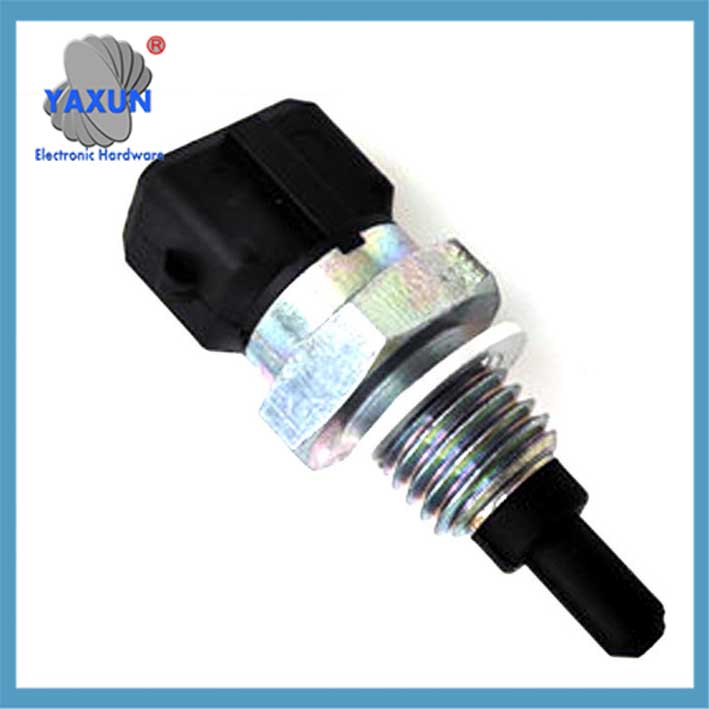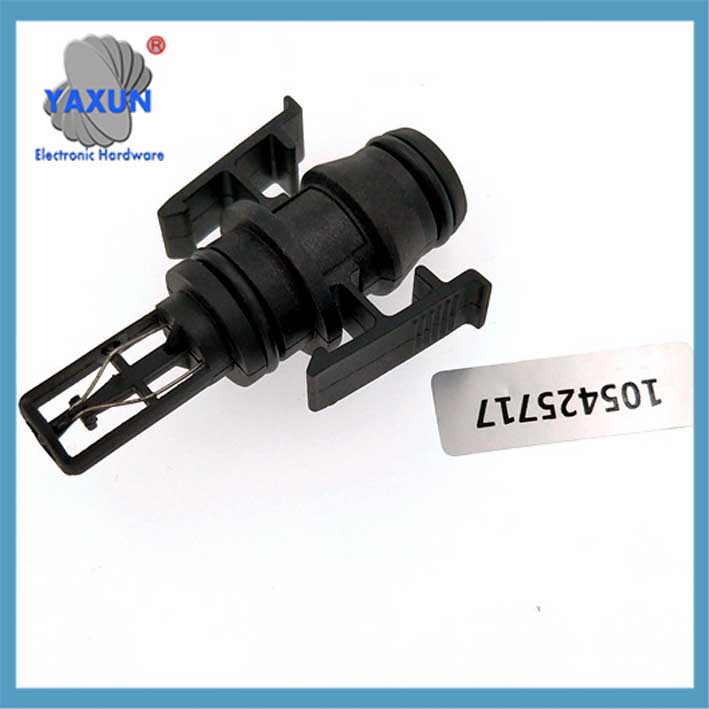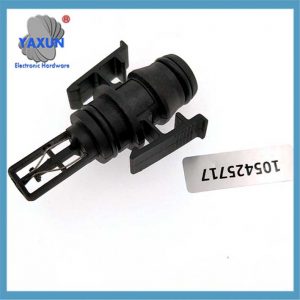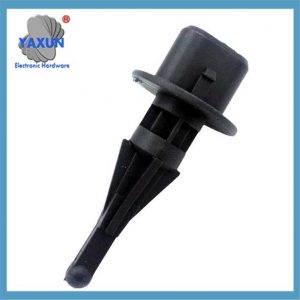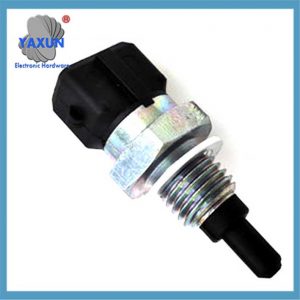製品カテゴリ
- 温度ヒューズ 32
- 表面実装ヒューズ 12
- サーミスター 36
- PCB マウント ヒューズ ホルダー 27
- ワイヤハーネス 6
- ブレードヒューズホルダー 17
- サーモスタット 50
- 電気ヒューズ 24
- 自動車温度センサー 7
- サーマルサーキットブレーカー 22
- ヒューズボックスホルダー 36
- 温度センサー 75
- サーマルスイッチ 68
- カーヒューズ 20
- ボルトダウンヒューズ 8
製品タグ
自動車の吸気温度センサーの機能をカスタマイズ
自動車の吸気温度の機能をカスタマイズするには (IAT) センサー, エンジン コントロール ユニットへのセンサーの信号出力を変更できます。 (ECU). これは通常、センサーと直列または並列に抵抗を追加することで実現されます。, ECUが受け取る電圧信号を効果的に変更する. これはポテンショメータを使用して実行できます (可変抵抗器) または固定抵抗器. IAT 信号を変更すると、燃料供給と点火時期に関する ECU の決定に影響を与える可能性があります, エンジン性能に影響を与える可能性がある.
Relevant knowledge of automobile intake air temperature sensor. This problem is very common in the field of automobile maintenance and electronic control.
Several key points of automobile intake air temperature sensor: 初め, all materials emphasize that this is a negative temperature coefficient (NTC) thermistor sensor, which is the basis for understanding its working principle. 第二に, there are two mainstream solutions for the installation position (before/after the throttle), but the functions are the same. In the fault symptoms section, multiple sources repeatedly mentioned typical manifestations such as difficult starting and unstable idle speed, which need to be integrated to avoid redundancy.
Pay special attention to the comparison of the differences between intake and exhaust temperature sensors. This knowledge point is very helpful for understanding the particularity of the intake air temperature sensor, and consider briefly mentioning it. In terms of technical parameters, it is mentioned that the difference in signal voltage under hot and cold car conditions is very valuable and can reflect the dynamic working characteristics of the sensor.
Prepare to use a structured presentation: first outline the definition and core principles, and then expand it in three parts: workflow, function, and fault.
The Intake Air Temperature Sensor (IAT) is a key component in the engine management system. It is used to monitor the temperature of the air entering the engine and convert the data into electrical signals and transmit them to the electronic control unit (ECU) to achieve accurate correction of parameters such as injection volume and ignition timing. 以下はそのコアポイントです:
私. Working principle and structure
Core component
Adopting a negative temperature coefficient (NTC) サーミスター: the resistance value decreases when the temperature rises, and the resistance value increases when the temperature decreases.
信号変換
The sensor and the ECU form a closed circuit. The ECU provides a 5V reference voltage (THA line) and the other is a grounding line (E2). Temperature changes cause resistance changes, which in turn changes the circuit voltage and generates an electrical signal corresponding to the temperature.
The IAT sensor measures the temperature of the air entering the engine’s intake manifold.
This information is crucial for the ECU to calculate the appropriate air-fuel mixture and ignition timing for optimal combustion.
The ECU sends a voltage to the sensor and reads the voltage drop across it, which corresponds to the intake air temperature.
Signal characteristics
Cold car state: The signal voltage is similar to the water temperature sensor;
Hot car state: The signal voltage is about 2~3 times that of the water temperature sensor.
Ⅱ. Installation location and function
設置場所
Located in the intake pipe or air flow meter, either before the throttle (intake pipe) or after the throttle (intake manifold).
「コア機能」
Air-fuel ratio correction: Low-temperature air has high density, so the ECU increases the amount of fuel injection; high-temperature air has low density, so the amount of fuel injection is reduced to ensure optimal combustion efficiency.
Knock prevention: High-temperature intake air is prone to knock, so the ECU adjusts the ignition advance angle accordingly.
Turbo protection: Monitor the temperature of the air after supercharging to prevent overheating damage.
III. Fault symptoms and diagnosis
Typical fault phenomena
Difficult starting, アイドリング回転数が不安定, and weak acceleration;
Excessive exhaust emissions (black smoke);
The engine fault light is on.
Causes and effects of the fault
| Fault type | Data flow performance | Impact on the mixture | Root cause |
|---|---|---|---|
| Bad grounding | Abnormally low temperature | Too rich | Injection pulse width increased |
| Sensor short circuit | Abnormally high temperature | Too lean | Injection pulse width reduced |
| Sensor open circuit | Signal loss | Too lean | ECU uses preset value, difficult to start |
Detection method
Resistance detection: Remove the sensor, measure the resistance value after heating (such as using a hair dryer), and compare it with the standard value;
Voltage detection: When the ignition switch is ON, measure the voltage between THA and E2 (about 0.5~3.4V at normal temperature).
iv. Differences from other temperature sensors Comparison with exhaust temperature sensor
| パラメータ | Intake temperature sensor | Exhaust temperature sensor |
|---|---|---|
| Working range | -40℃〜150℃ | 200℃~1000℃ (even higher) |
| Installation location | Intake pipe/air flow meter | Exhaust manifold/near three-way catalytic converter |
| Core function | Optimize air-fuel ratio | Protect catalyst, control DPF regeneration |
| Material requirements | Conventional packaging (plastic/epoxy resin) | High temperature resistant metal housing (such as stainless steel) |
V. Technological evolution and importance
As a typical application of NTC thermistor, this sensor achieves high-precision temperature feedback through simple physical properties, which directly affects the engine power, fuel economy and emission level. Although its design is small, it is an indispensable part of modern electronic control system to achieve closed-loop control.
Why Customize IAT Sensor Function?
Performance Tuning:
Altering the IAT signal can be a way to fine-tune engine performance. 例えば, simulating a slightly cooler intake air temperature can sometimes lead to a richer fuel mixture and increased power, especially in turbocharged engines.
Compensation for Modifications:
If you’ve modified your air intake system (例えば, changed the intake manifold, added a cold air intake), the IAT sensor might read different temperatures than stock. Customizing the sensor’s output can help compensate for these changes.
Testing and Experimentation:
Modifying the IAT sensor can be a way to experiment with different engine parameters and observe the effects on performance.
How to Customize:
Adding Resistance:
In Series: Adding a resistor in series with the IAT sensor will increase the overall resistance, causing the ECU to interpret a lower temperature.
In Parallel: Adding a resistor in parallel will decrease the overall resistance, causing the ECU to interpret a higher temperature.
Potentiometer (Variable Resistor):
A potentiometer allows you to adjust the resistance and, したがって, the perceived intake air temperature dynamically.
This is useful for finding the optimal setting for your specific setup.
Sensor Location:
The location of the IAT sensor can also affect its readings due to heat soak. Consider this when making adjustments.
ECU Calibration:
Some aftermarket ECUs allow you to directly calibrate the IAT sensor readings, providing a more precise way to customize its function.
お問い合わせ
メールを待っています, 以内に返信させていただきます 12 必要な貴重な情報を何時間も入手できる.
 English
English Afrikaans
Afrikaans العربية
العربية বাংলা
বাংলা bosanski jezik
bosanski jezik Български
Български Català
Català 粤语
粤语 中文(简体)
中文(简体) 中文(漢字)
中文(漢字) Hrvatski
Hrvatski Čeština
Čeština Nederlands
Nederlands Eesti keel
Eesti keel Suomi
Suomi Français
Français Deutsch
Deutsch Ελληνικά
Ελληνικά हिन्दी; हिंदी
हिन्दी; हिंदी Magyar
Magyar Bahasa Indonesia
Bahasa Indonesia Italiano
Italiano 日本語
日本語 한국어
한국어 Latviešu valoda
Latviešu valoda Lietuvių kalba
Lietuvių kalba македонски јазик
македонски јазик Bahasa Melayu
Bahasa Melayu Norsk
Norsk پارسی
پارسی Polski
Polski Português
Português Română
Română Русский
Русский Cрпски језик
Cрпски језик Slovenčina
Slovenčina Slovenščina
Slovenščina Español
Español Svenska
Svenska ภาษาไทย
ภาษาไทย Türkçe
Türkçe Українська
Українська اردو
اردو Tiếng Việt
Tiếng Việt
